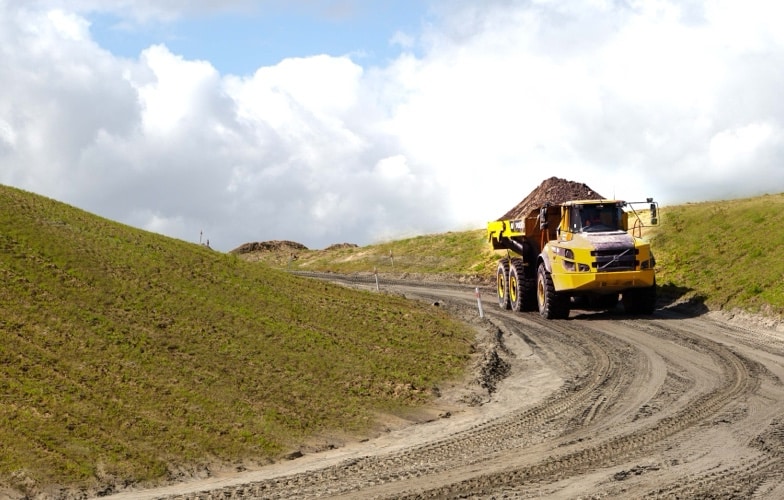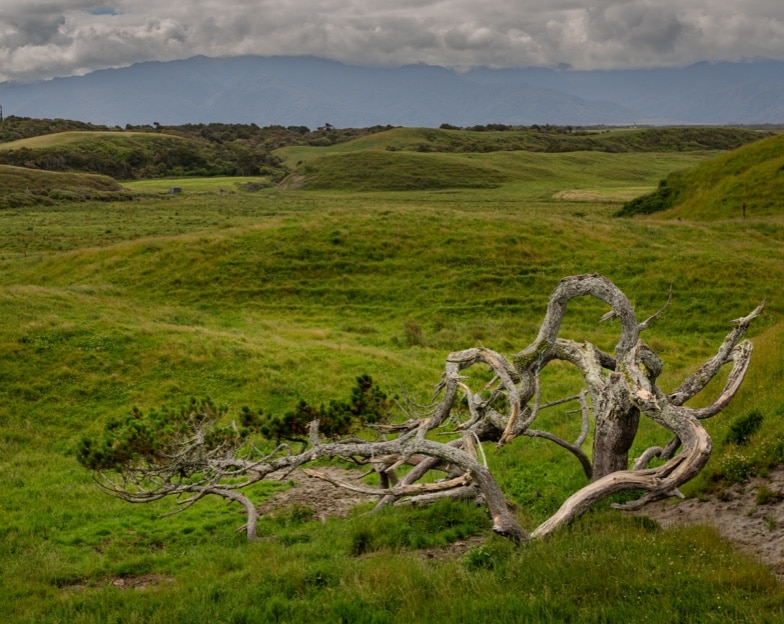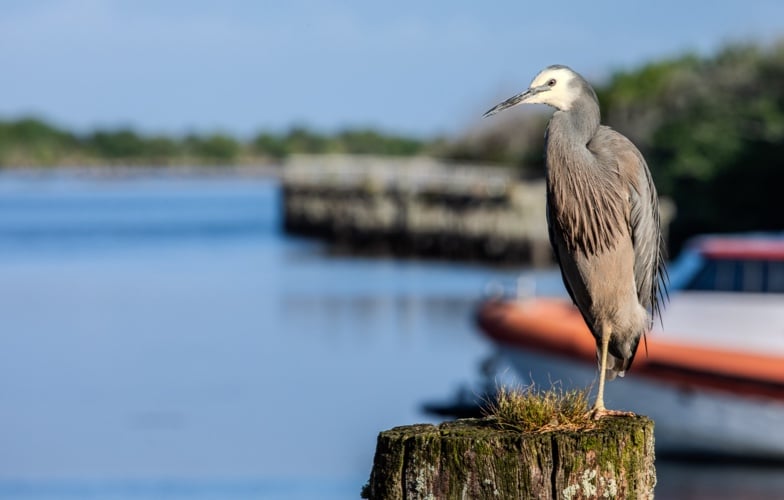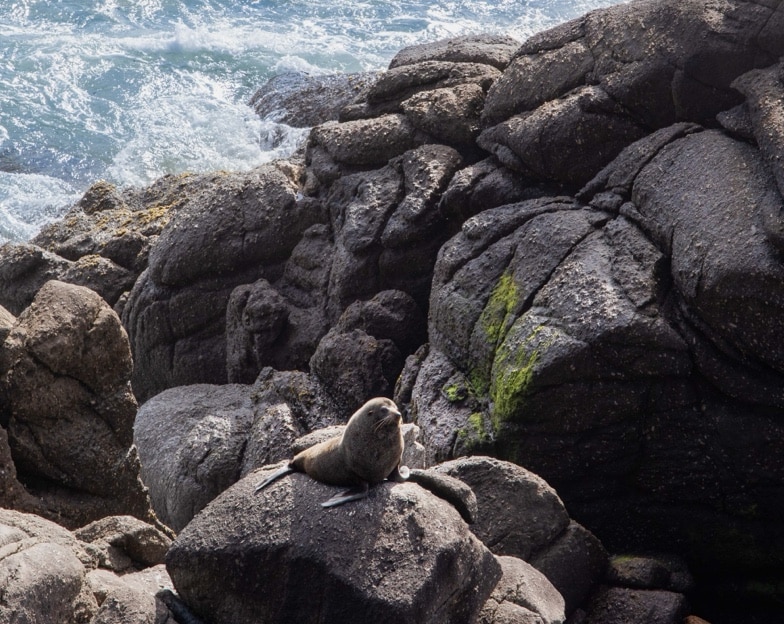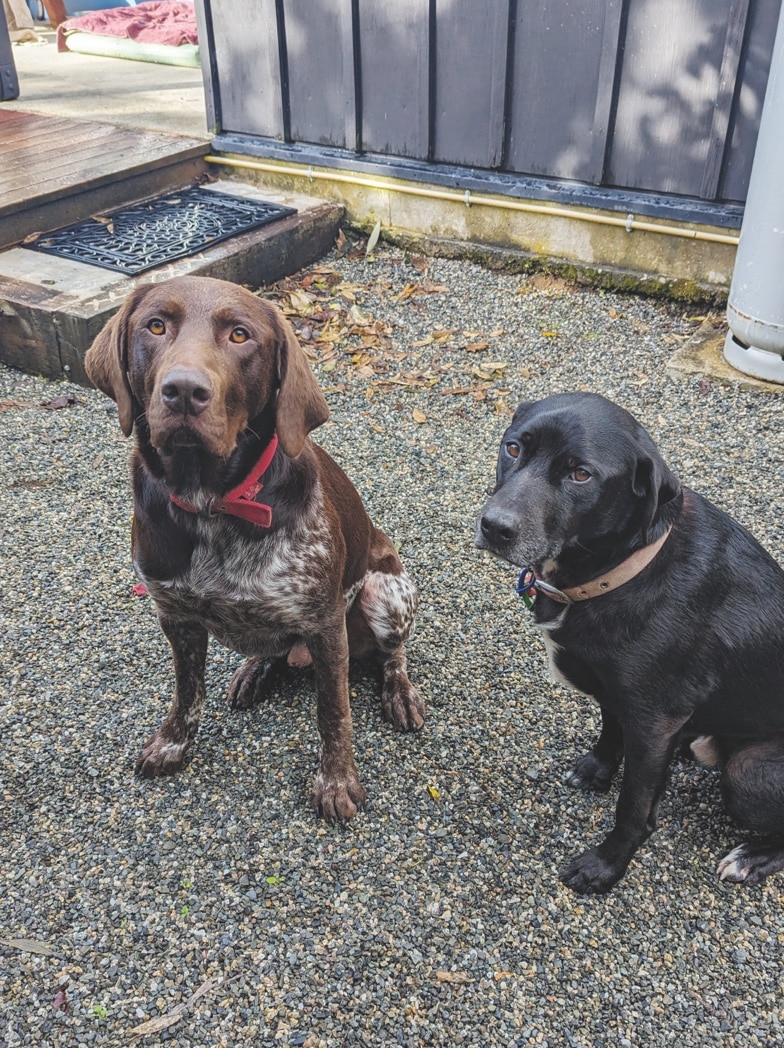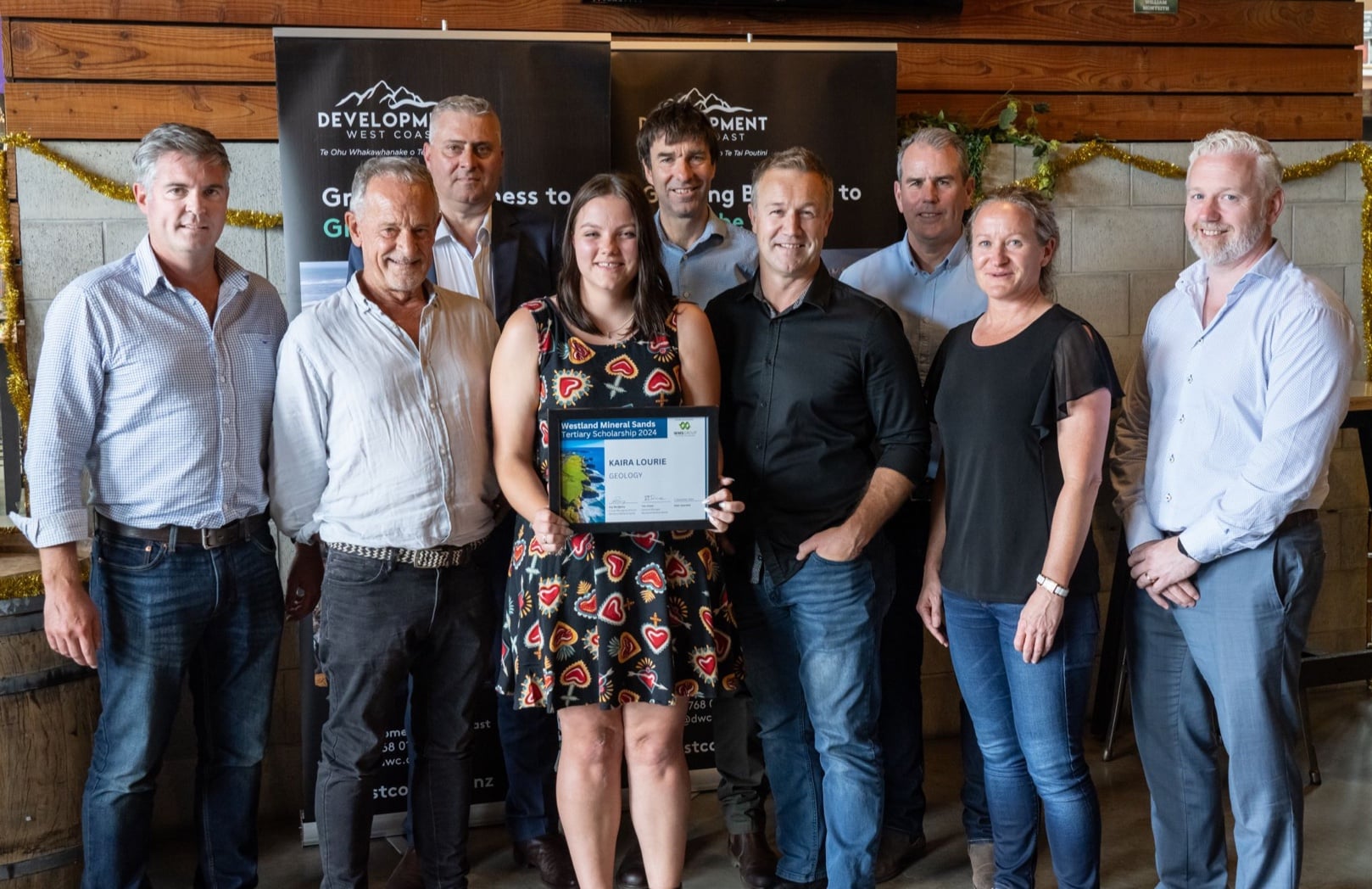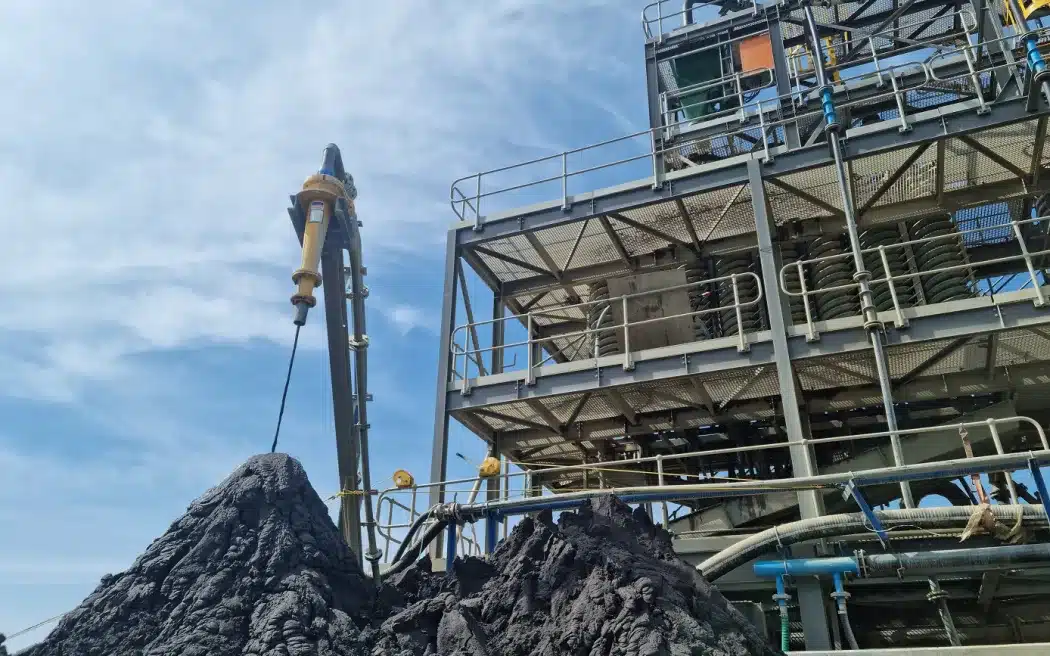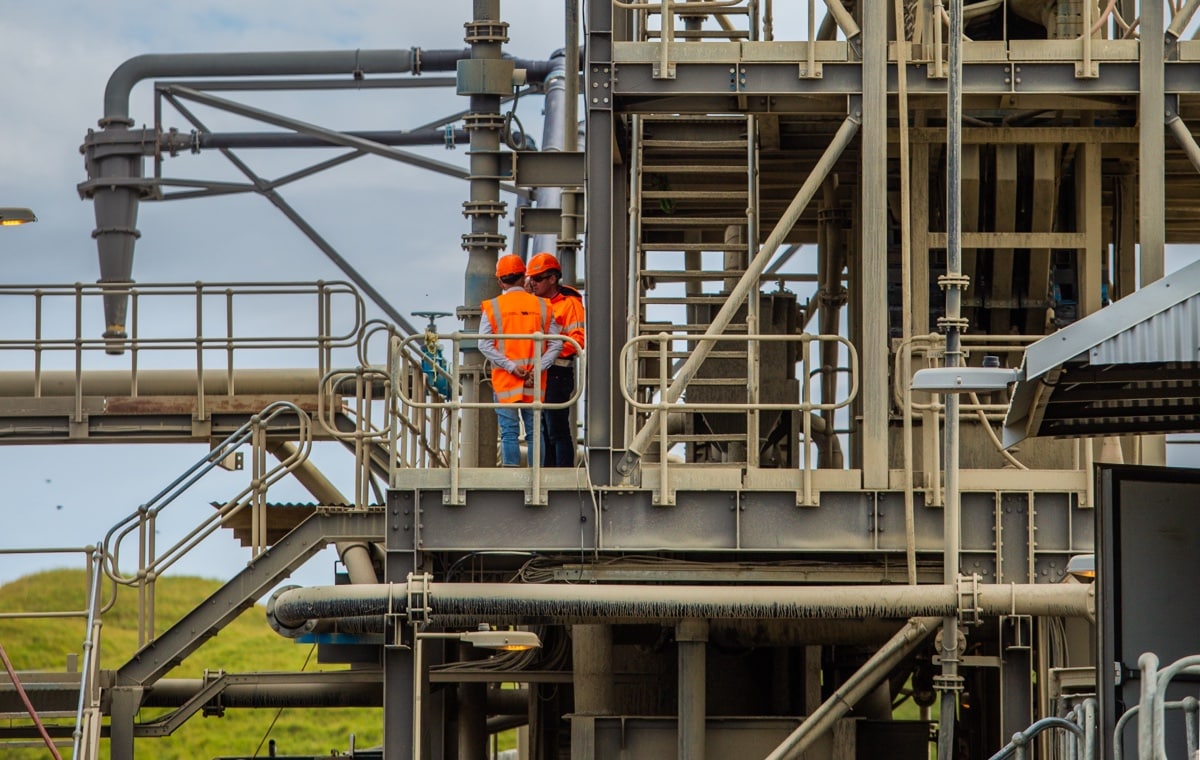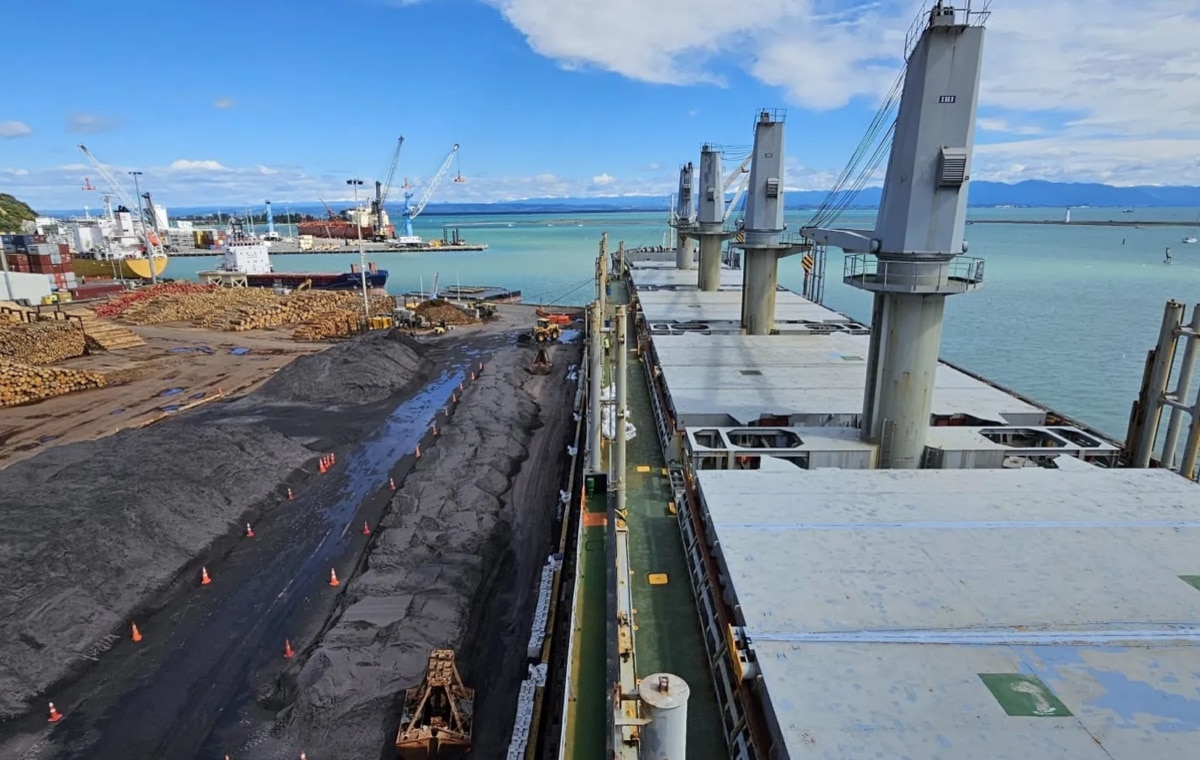Like all New Zealanders, WMS Group take its kaitiaki (guardianship) role seriously.
Careful land use
We are working with environmental experts to ensure the land is restored to a level suitable for is intended use. The mineral sands are relatively close to the surface and approximately 80% of what is removed is returned to the ground and rehabilitated for future use. The resulting landforms will be similar in nature to what exists currently, with pasture established in similar or better state than what currently exists. This is nothing new – mineral sand mines globally have been returned to a variety of land uses including agricultural grazing, forestry, native bush and wetlands.
Low emissions
We have converted our processing facility at Cape Foulwind to run on electricity sourced from New Zealand’s 87 percent renewable energy network, saving 500,000 litres of diesel annually. We are exploring alternatives to diesel-fuelled trucks to move our product from site to port. All of our production and logistics operations are planned with careful consideration for our neighbours.
Our motorised barge will deliver our product from local ports direct to sea-going bulk carriers, reducing our reliance on road transport to get our product to our international customers. Our experts tell us a tonne of cargo moved by our barge will create only 33 percent of the emissions of moving the same volume by road.
